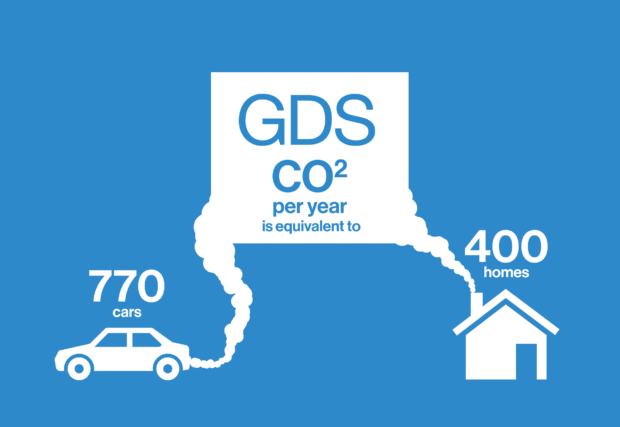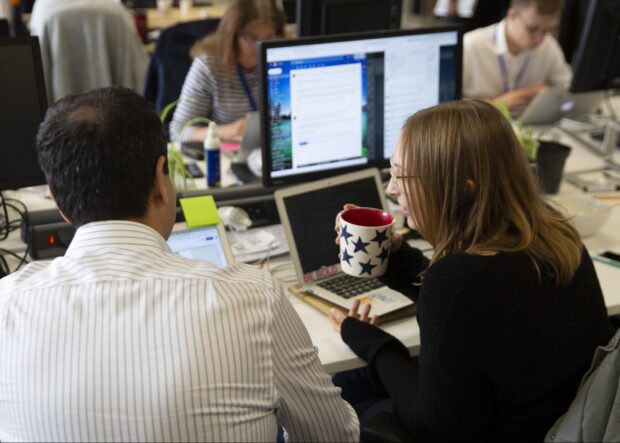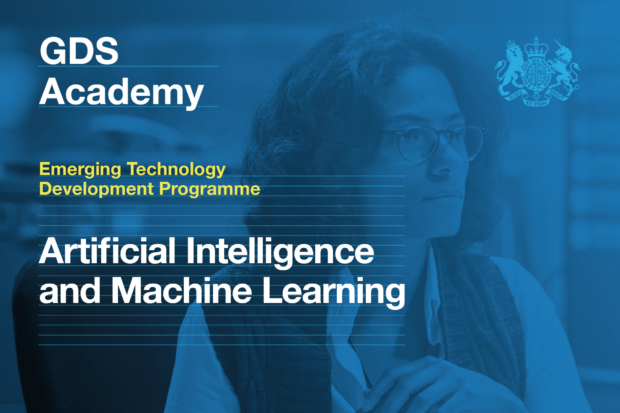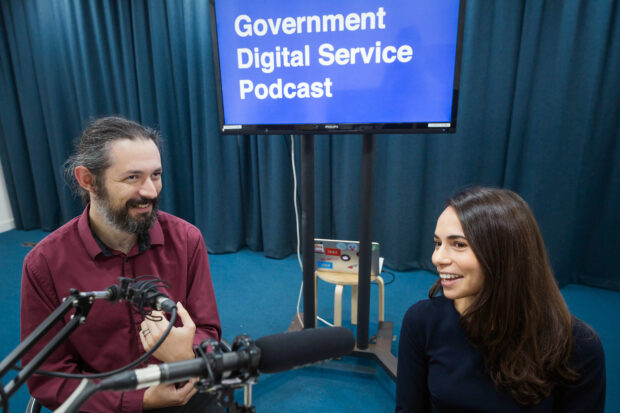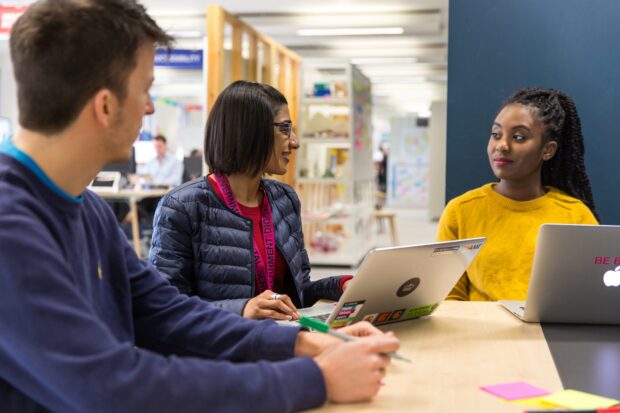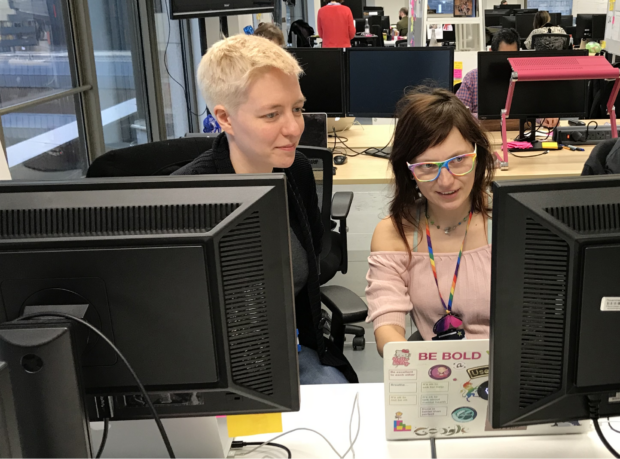Digital, Data and Technology
We finished the experimental first phase of the GovTech Catalyst, which helped us learn where emerging technologies can add value. We learnt this in collaboration with smaller technology companies. In our next phase, we will see prototypes develop into testable products.
The digital world is rapidly changing, and with it, GOV.UK users' expectations of how they should be interacting with our services and information. Data Labs is a newly formed multi-disciplinary team, passionate about using data in innovative ways to fulfil our users' needs and expectations.
The Notify team has adjusted its method of sending out text messages to maintain Notify's reliability. In this post we explain how it was done.
...use data centres from various companies, including Amazon Web Services (AWS). We decided to find out how our data centres source their electricity, and how much CO2 they produce through...
...open data, data ethics and data sharing and – while I was there – brought in the Codes of Practice to make the data sharing powers in the Digital Economy...
https://www.youtube.com/watch?v=Hp8AzWxvKgs&feature=youtu.be Technology is evolving faster than ever and as a Civil Service, we are keeping pace with this change. Our commitment to make government work better for everyone by harnessing...
GDS’s open standards lead Terence Eden joins us on our latest podcast. He talks about his mission to make government more open and the risks and rewards of emerging technology.
...game of noughts-and-crosses against the intelligent piece of paper (52 Wins, Losses, 8 Draws). While playing the game, each pair had to work together to follow simple computer code and...
...recognise outstanding work in these areas, an awards ceremony was held in January. The GDS Better Use Of Data team was delighted to receive an award for the Data Science...
...date and working on both machines (if you use two computers) 2. Work closely together When you’re pair programming, the usual set-up is for one of you to be the...



